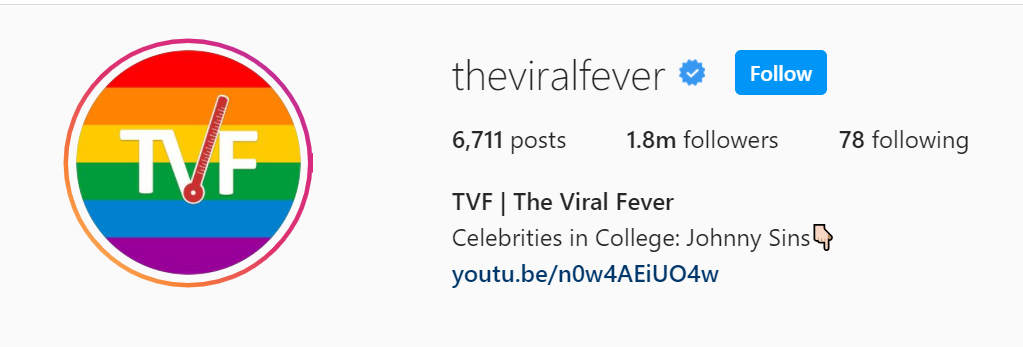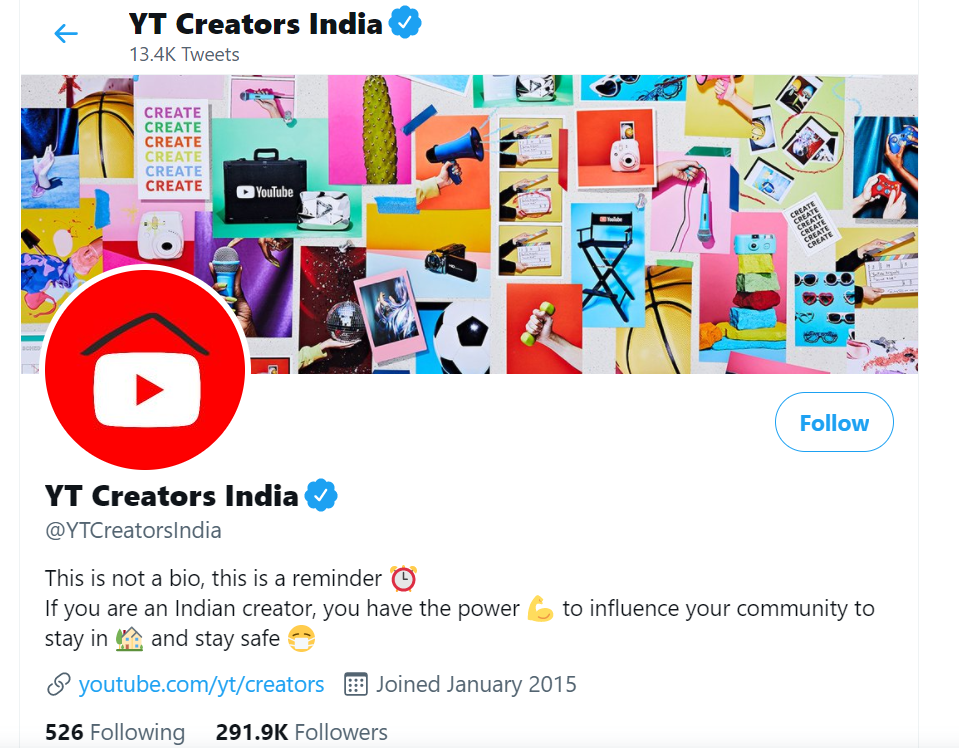
Your social media bio is a reflection of your professional self online. It is how people will judge you and your work. If they don’t like it, they may not check out your work. So, give yourself a chance to shine in the creator world with a top-notch social media bio and get the results you’re looking for: more profile views and more opportunities.
3 Key Elements of a Social Media Bio
A flawless bio is both personal and accessible. Whenever you write a bio, consider these three key elements:
1. Your audience
Who will read your bio? What social media platform is it? And what style of writing does the audience prefer on a particular platform? Context matters.
2. Your story
There are millions of stories on social media. Give people a compelling reason to follow yours. Think of your bios like a narrative to which you can add your experiences and beliefs.
3. Your goal
What happens after someone reads your bio? Do you want a sale or someone to see your website? Think of the bio as a bridge to something else. This “something” has to be decided by you.
What to Include in Your Social Media Bio
Your bio should focus on the following pieces of information:
- Who you are
- What is your work is
- Your topics of interest
- What problems you can solve for readers
- Your brand’s or personal tone
- How someone can contact you
Different Platforms, Different Styles
When writing a bio, it all depends on the details: the platform, the positioning, etc. Here’s a list of formulas for writing bios on different social media platforms.
1. Instagram
The 150 characters in your Instagram bio should convince visitors to take action. Focus on who you are, what your brand is about, and why the audience should care.

Or just be direct:

2. Twitter
You should make good use of the available 160 characters. Along with details about yourself, your Twitter bio can include witty commentary, special projects, and any other social media handles you may have.


3. LinkedIn
LinkedIn is a great opportunity to give readers some background about your professional journey, publish quality content, and show people why you’re the best option for a gig. The bio, known as the “Summary” section, has a 2,000-character limit. Here are a few components of a LinkedIn bio:

- An opening statement summarizing your experience and value
- A list of measurable results you’ve delivered through your past work
- A brief description about your interests
- A closing statement about what you can do for potential clients, and how they can get in touch with you
Final Tips
- Focus on writing in the first person and get straight to the point.
- Don’t be too humble to show what sets you apart.
- Humor backed by results goes a long way.
- No buzzwords, more keywords, and a call to action can do the trick.
- Describe who you are outside work and keep the bio updated.
- Don’t plagiarize anyone’s bio. However, you can take inspiration from the structure.

Writing a bio is a path you need to tread carefully. You write in a way that’s personal, but not too personal. Mention praise without being pretentious, and sell the “you” in your story without looking like a sales product. So go on: be creative and write a bio that intrigues people.
Latest Blogs
Explore how Google’s 2025 AI search updates triggered ranking chaos. Learn actionable strategies to adapt your SEO for AI Overviews, zero-click searches, and SERP volatility. Stay ahead now.
Learn how to rank on AI search engines like ChatGPT, Perplexity, and Gemini by optimizing your content for authority, structure, and relevance. Stay ahead in AI-driven search with this strategic guide.
Explore the best healthcare SEO services for your medical practice. Improve online visibility and effectively reach more patients in need of your services.
Get your hands on the latest news!
Similar Posts

B2C Marketing
5 mins read
Top Choices for Best Content Marketing Services in B2B Industries

Artificial Intelligence
5 mins read
How A Lead Generation Specialist Can Use AI-Powered Content Funnels to Drive Conversions

Artificial Intelligence
4 mins read